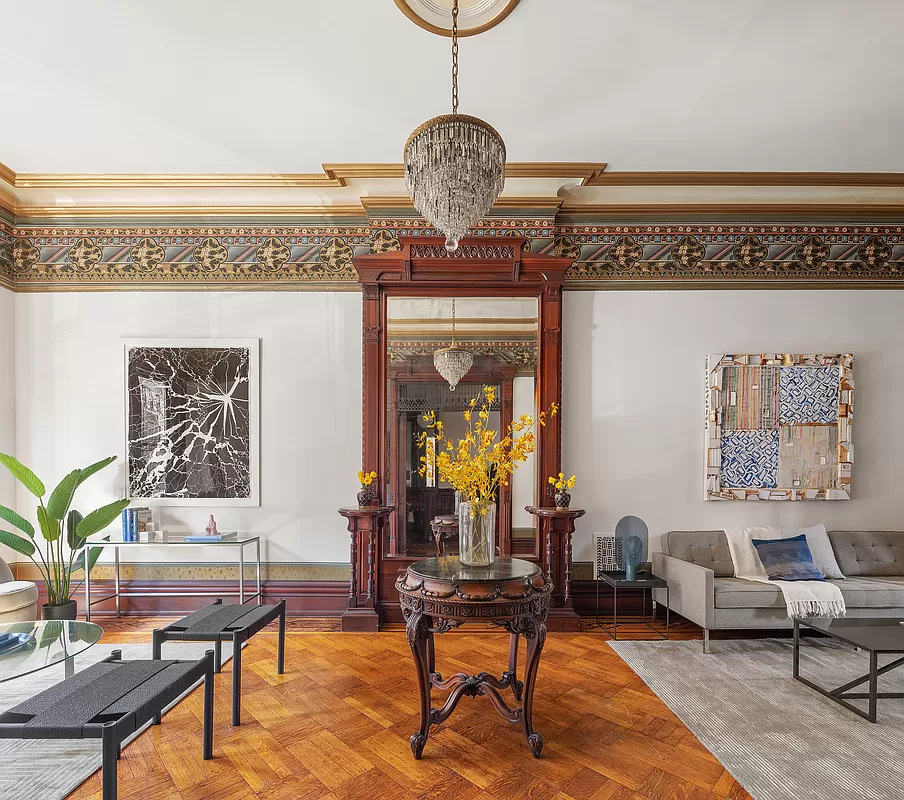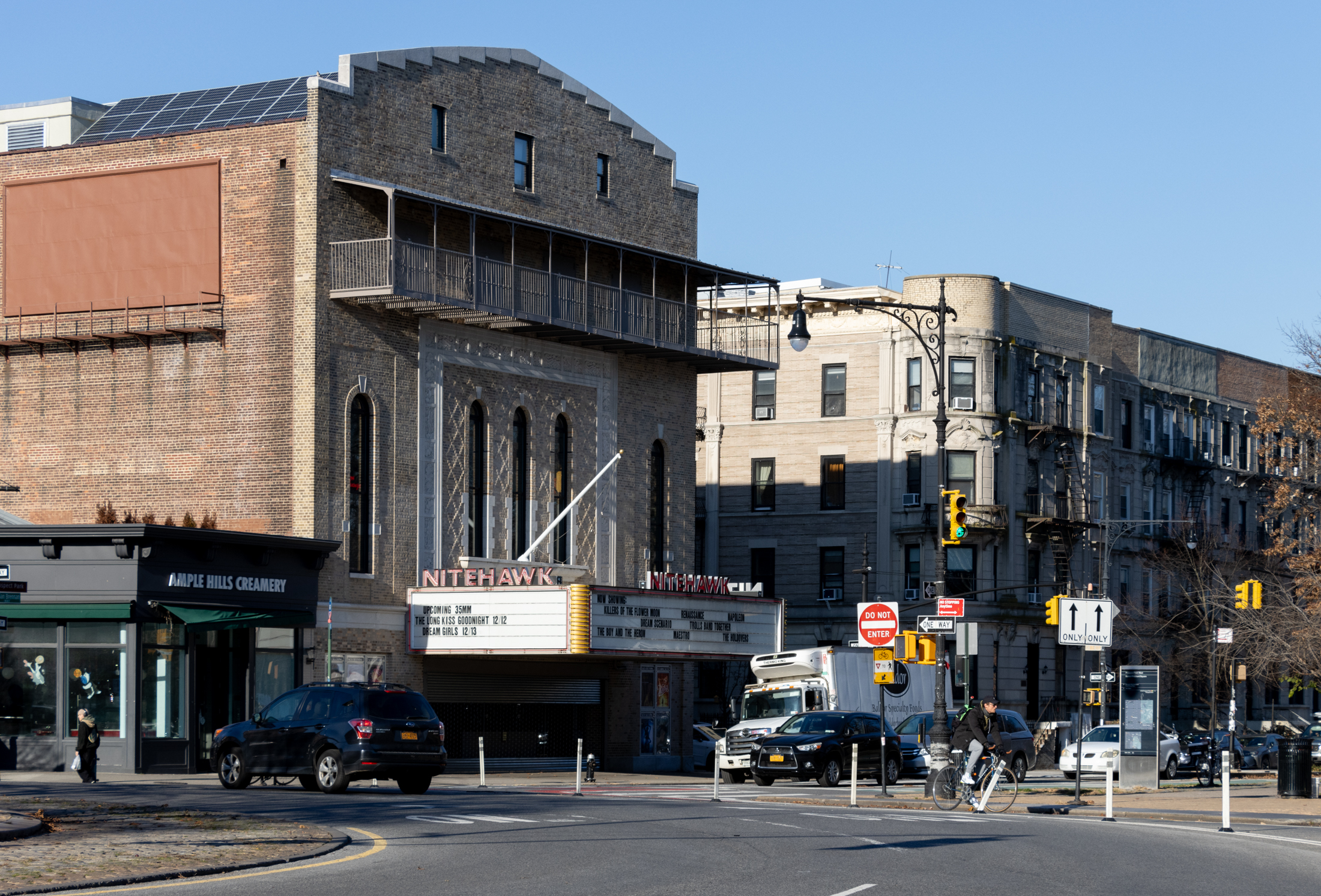Building of the Day: 530-532 11th Street
Brooklyn, one building at a time. Name: FDNY Ladder Co. 122/Engine Co. 220 Address: 530-532 11th Street Cross Streets: 7th and 8th Avenues Neighborhood: Park Slope Year Built: (530) 1883, (532) 1906 Architectural Style: (530) Collegiate Gothic, (532) Beaux-Arts Architect: (530) Frank. D. Norris, (532) Walter Parfitt Other Work by Architect: Walter Parfitt (Parfitt Brothers),…

Brooklyn, one building at a time.
Name: FDNY Ladder Co. 122/Engine Co. 220
Address: 530-532 11th Street
Cross Streets: 7th and 8th Avenues
Neighborhood: Park Slope
Year Built: (530) 1883, (532) 1906
Architectural Style: (530) Collegiate Gothic, (532) Beaux-Arts
Architect: (530) Frank. D. Norris, (532) Walter Parfitt
Other Work by Architect: Walter Parfitt (Parfitt Brothers), Engine 252, Bushwick, St. Augustine’s RC Church, Grace Methodist, both Park Slope. Also Montague, Grosvenor, Berkeley Apt Bldgs, Bklyn Hts, Hoagland mansion, Clinton Hill and Truslow House, Crown Heights North.
Landmarked: Yes, part of Park Slope HD Extension (2012)
The story: These two fire department buildings are rare examples of an old and newer firehouse buildings still standing next to each other. They provide a great architectural contrast, showing in the space of only twenty-three years, how much architecture and the community can change. The first fire house in this neighborhood was here, in 1882. At the time, this part of Park Slope was still developing, with a scattering of houses, most wood framed, with open lots between. The Ansonia Clock factory was already here, and about a year old in their new factory, and as they grew, so did the surrounding neighborhood.
The city authorized the building of a new building for a very necessary firehouse, and somehow Frank D. Norris got the job. Today, he is virtually unknown, but for this firehouse. This is too bad, because it’s really nice. Norris designed it in the Gothic Collegiate style, an architectural style usually reserved for school and civic buildings. The second floor windows with their arched lintels are especially attractive. The Gothic styling is certainly there, but it harkens back to the simpler early Gothic Revival style of the 1840s, not the ornate, ecclesiastical Gothic Revival style that was all the rage later. This ladder company building is quite small, and was not heavily manned, going to show that the neighborhood was not at the point where the city expected much to happen, disaster-wise.
By 1906, when the Parfitt building was complete, this part of Brooklyn had grown tremendously. Row upon row of brownstone and limestone row houses lined every side street, and the commercial strip along 7th Avenue was humming with small businesses. Architectural styles had changed too, and now, civic buildings like firehouses were expected to be formal and monumental, reflecting the City Beautiful philosophy that said that people should be impressed and inspired by a city’s fine architecture. The Beaux-Arts style, ornate and very European, was a perfect architectural venue for this philosophy. The Engine Company building is a fine example of this, with an extra story, high ceilings and rich looking limestone façade with an intricately carved parapet wall.
Neighborhood fire houses are either ladder or engine companies. A ladder truck enables the firefighters to climb up to rooftops and high windows to fight the fire and to facilitate rescues. These trucks are more complicated and costly than the engine trucks, which use hoses to pump the water from the fire hydrant or other source, through to the attached hoses, onto the fire. Both are needed in most situations. Both firehouses were landmarked in 2012, but in 2011, Mayor Bloomberg put Engine 220 on the list to be closed. There was much community protest for this house, and all of the rest on the list. In my opinion, fire houses should not be closed. It makes no sense, when they are already spread so thinly throughout the city. Disasters and tragedies don’t care about budgets. To my knowledge, it is still open. GMAP
(Photo:Beyond The Ken for Wikipedia)










Yes, both are still open, and you can regularly see the two tearing down 11th Street on their way to put our fires or rescue people.